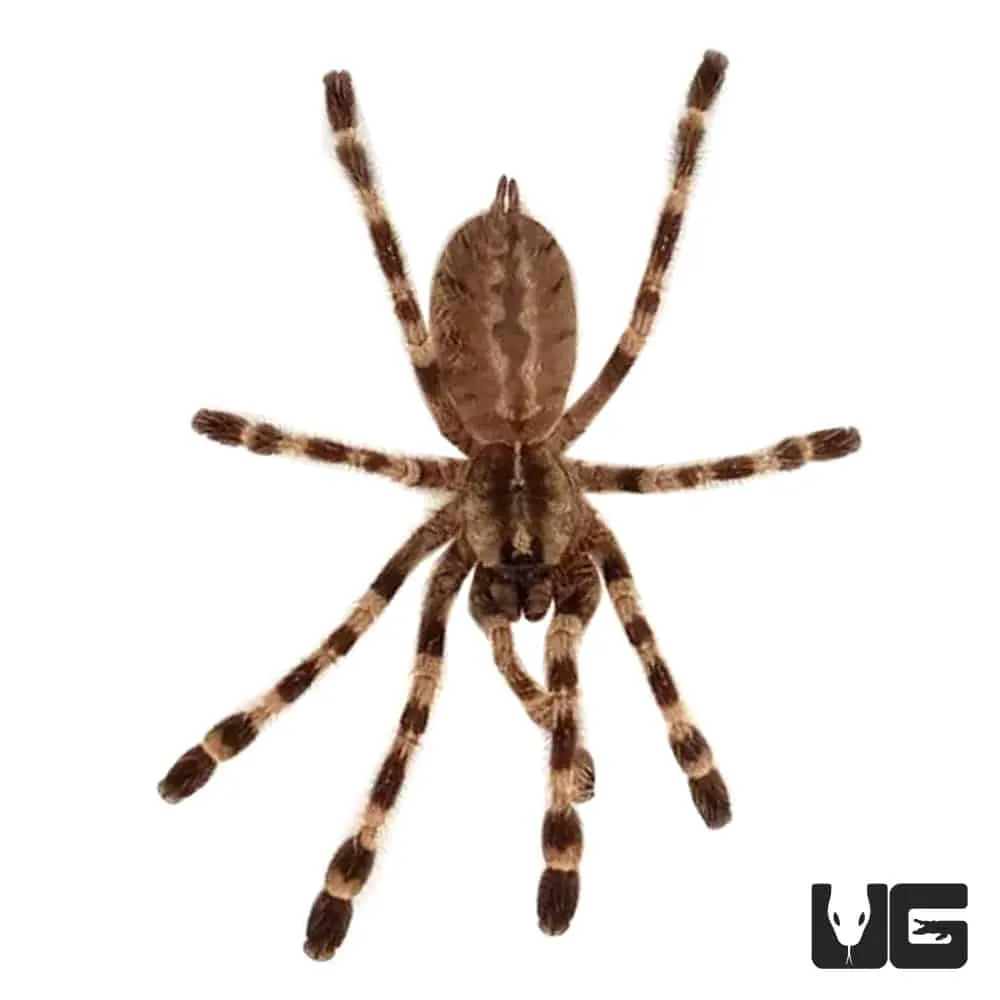Birdeater Tarantula Video: Getting Started
Creating a captivating birdeater tarantula video can be an incredibly rewarding experience, allowing you to showcase these amazing creatures. Whether you’re a seasoned videographer or a curious beginner, this guide will walk you through the essential steps to film a stunning video. From choosing the right equipment and location to mastering filming techniques and post-production, we’ll cover everything you need to know to create a video that will fascinate viewers and highlight the beauty of your tarantula. Get ready to embark on a visual journey into the world of birdeater tarantulas!
Essential Equipment
The quality of your video heavily relies on the equipment you use. Investing in the right tools will significantly improve the final product. You don’t need to break the bank, but some key items are essential for capturing great footage of your birdeater tarantula. Think about the environment you will be filming in and choose accordingly. A stable platform is crucial for crisp, clear shots. A tripod will eliminate shaky footage and allow you to focus on your tarantula’s behavior, capturing its movements with precision. Also, a high-quality microphone is highly recommended; it can significantly enhance your videos.
Camera Choices

Fortunately, the options for camera selection are vast. You can start with your smartphone, which offers remarkable video capabilities. Ensure your phone has a high-resolution camera and good low-light performance, as tarantulas are most active in dimly lit environments. For more professional results, consider a DSLR or mirrorless camera. These cameras offer better image quality, manual controls, and the ability to swap lenses for different effects. Action cameras like GoPros are also a great alternative, particularly if you intend to film in more complex environments. The best camera will provide you with versatility, image quality and great video performance.
Lighting Setup
Proper lighting is key to filming your tarantula effectively. Because these creatures thrive in low-light environments, your camera may struggle to capture clear footage without sufficient illumination. Start by utilizing natural light, positioning your terrarium near a window, and use a softbox or diffuser to soften the sunlight. If you are filming indoors, consider using LED panel lights or ring lights to provide consistent and adjustable lighting. Avoid direct, harsh light, which can create unwanted shadows and stress your tarantula. You can experiment with different lighting setups to find what works best for your specific environment. The lighting will significantly impact your video’s clarity and aesthetic appeal. The goal is to balance sufficient brightness with the safety and well-being of your pet.
Choosing the Right Location
The location you choose will influence your video’s overall look and feel. Ideally, the location should be clean, safe, and offer good lighting options. Consider the background, as it can add depth and visual interest to your footage. Avoid cluttered or distracting backgrounds; instead, opt for a simple, clean setup. You can use a plain backdrop or a natural setting to make the tarantula the focal point of your video. Remember to prioritize the safety of your tarantula and ensure the chosen location is free from hazards.
Inside a Terrarium
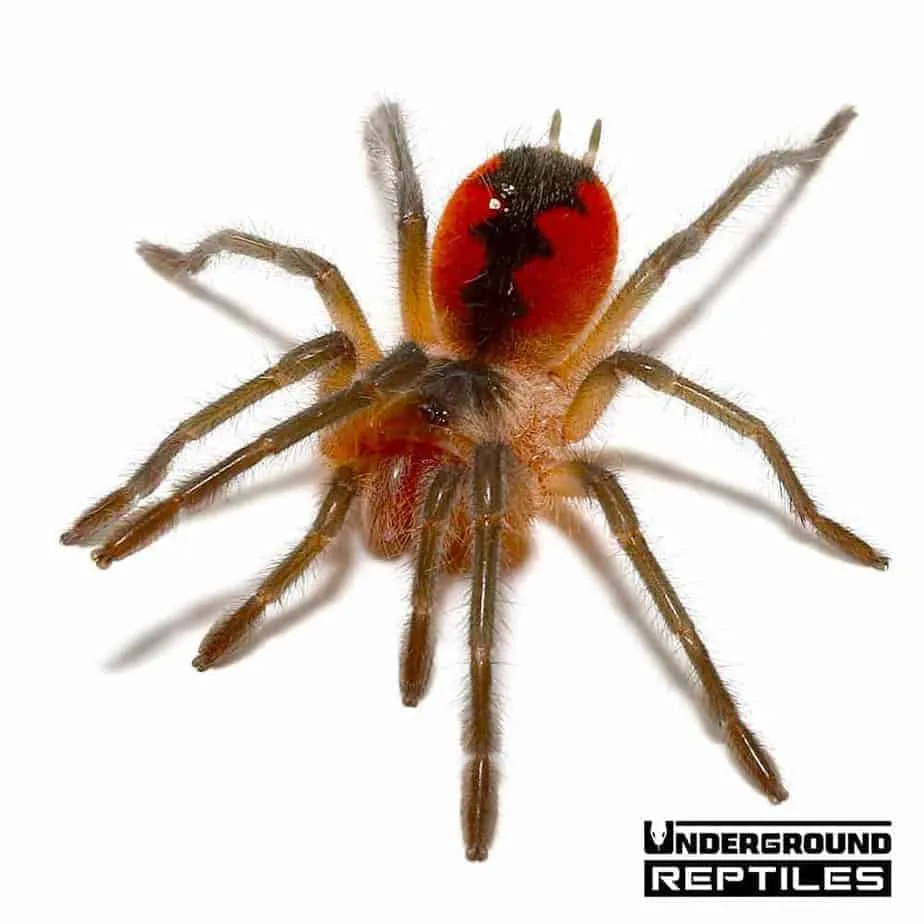
Filming inside the terrarium provides a unique opportunity to capture your tarantula’s natural habitat. Ensure the terrarium is clean and aesthetically pleasing. Arrange the substrate, decorations, and hiding places to create an engaging environment. You might want to consider the angle of the shot when inside the terrarium. This will allow you to capture your tarantula’s behavior. The key is to create an environment that feels authentic and visually appealing.
Outdoor Filming
If you want to film your tarantula outdoors, ensure the weather conditions are appropriate. Choose a calm, shaded area to avoid direct sunlight, which can stress the tarantula. Make sure the area is safe and free from potential hazards like insects, predators, or chemicals. A controlled environment allows for the best chance to capture your birdeater tarantula’s behaviour.
Filming Techniques
Once you have your equipment and location set up, it’s time to start filming. Consider the different shots you want to capture. Experiment with wide, medium, and close-up shots to create a dynamic video. You can also explore various angles, such as eye-level shots, low-angle shots, and overhead shots, to add visual interest. Slow-motion shots can be extremely effective when showcasing the tarantula’s movements, especially during feeding or molting. Be patient, as tarantulas are unpredictable creatures, and the best shots may require time and persistence.
Focus and Composition
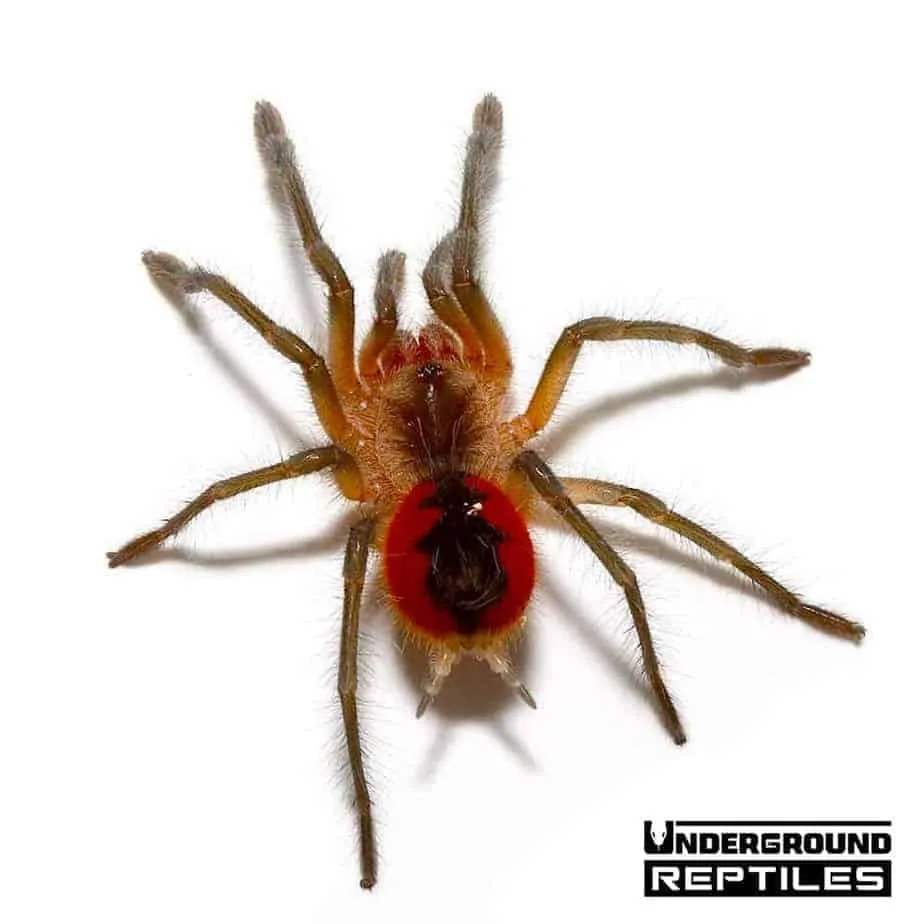
Proper focus and composition are crucial for a visually appealing video. Always ensure your tarantula is in sharp focus. Modern cameras have excellent autofocus systems, but manually focusing can give you more control. Pay attention to the rule of thirds, placing your tarantula off-center to create a more balanced composition. Consider the background and avoid distractions that can detract from the main subject. Use the available elements to frame your tarantula. These techniques will dramatically enhance the visual quality of your video.
Capturing Action
Birdeater tarantulas can engage in fascinating behaviors, such as hunting, feeding, and molting. To capture this action, be patient and prepared. Set up your camera in advance and anticipate the moment. Slow-motion shots are incredibly useful to showcase these events. If you are filming feeding, make sure the food is appropriate and safe for your tarantula. Remember, a well-timed shot can make all the difference.
Editing and Post-Production
After you’ve filmed your footage, it’s time for editing. Post-production is where you bring everything together and refine your video. This stage includes assembling the clips, adding music and sound effects, and making final adjustments. Several software options are available, from free to professional-grade, offering diverse features to meet your needs. Spend time on your video to get the most out of the process. By enhancing your video, you can significantly improve its overall appeal.
Video Editing Software
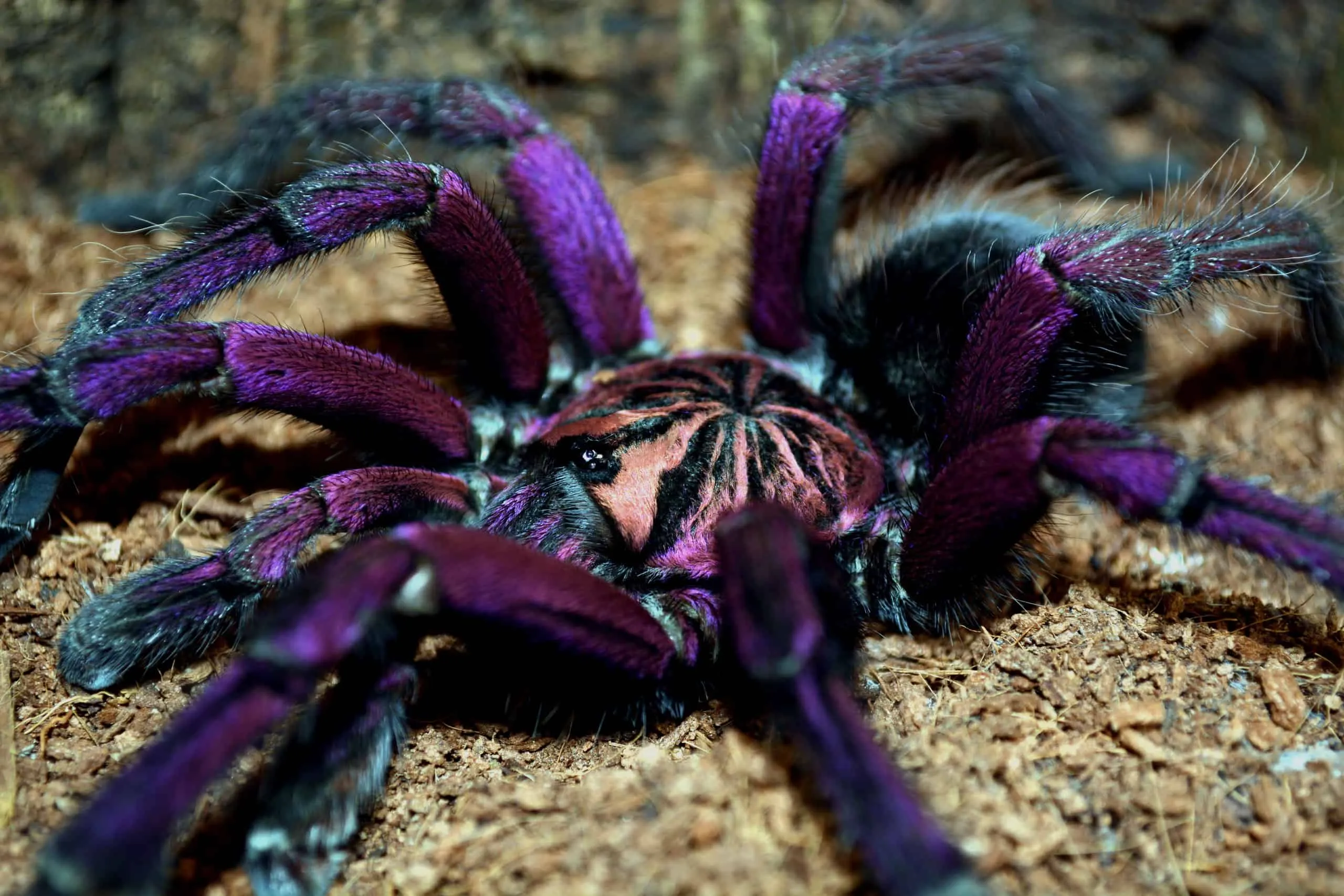
There are many video editing software options available, catering to all skill levels and budgets. For beginners, user-friendly options like iMovie or DaVinci Resolve offer intuitive interfaces and powerful editing tools. For more advanced users, Adobe Premiere Pro and Final Cut Pro provide professional-grade features. Select software that meets your specific needs. The right software can streamline your workflow and make the editing process more enjoyable and efficient. Familiarize yourself with the software’s features and capabilities through tutorials and practice.
Adding Music and Sound Effects
Music and sound effects can significantly enhance your video’s impact and atmosphere. Choose background music that complements your video’s mood and tone. Be mindful of copyright restrictions and use royalty-free music from reputable sources. Sound effects can add realism and highlight specific actions, such as the sound of the tarantula’s movements. Ensure the audio quality is clear and balanced, avoiding distracting background noises. Strategic use of audio can transform your video, creating a more immersive and engaging experience.
Exporting and Sharing
Once you have completed your editing, it’s time to export and share your video. Select the appropriate export settings for your target platform. Common formats include MP4 for wide compatibility. Ensure that your video is optimized for the intended platform. Before you share your video, review it one last time for any errors or omissions. Share your video on platforms like YouTube, Vimeo, or social media. Make sure to include a descriptive title, relevant tags, and a captivating description to attract viewers. Promote your video on social media and interact with your audience to build a community around your content.
Birdeater Tarantula Video: Safety First
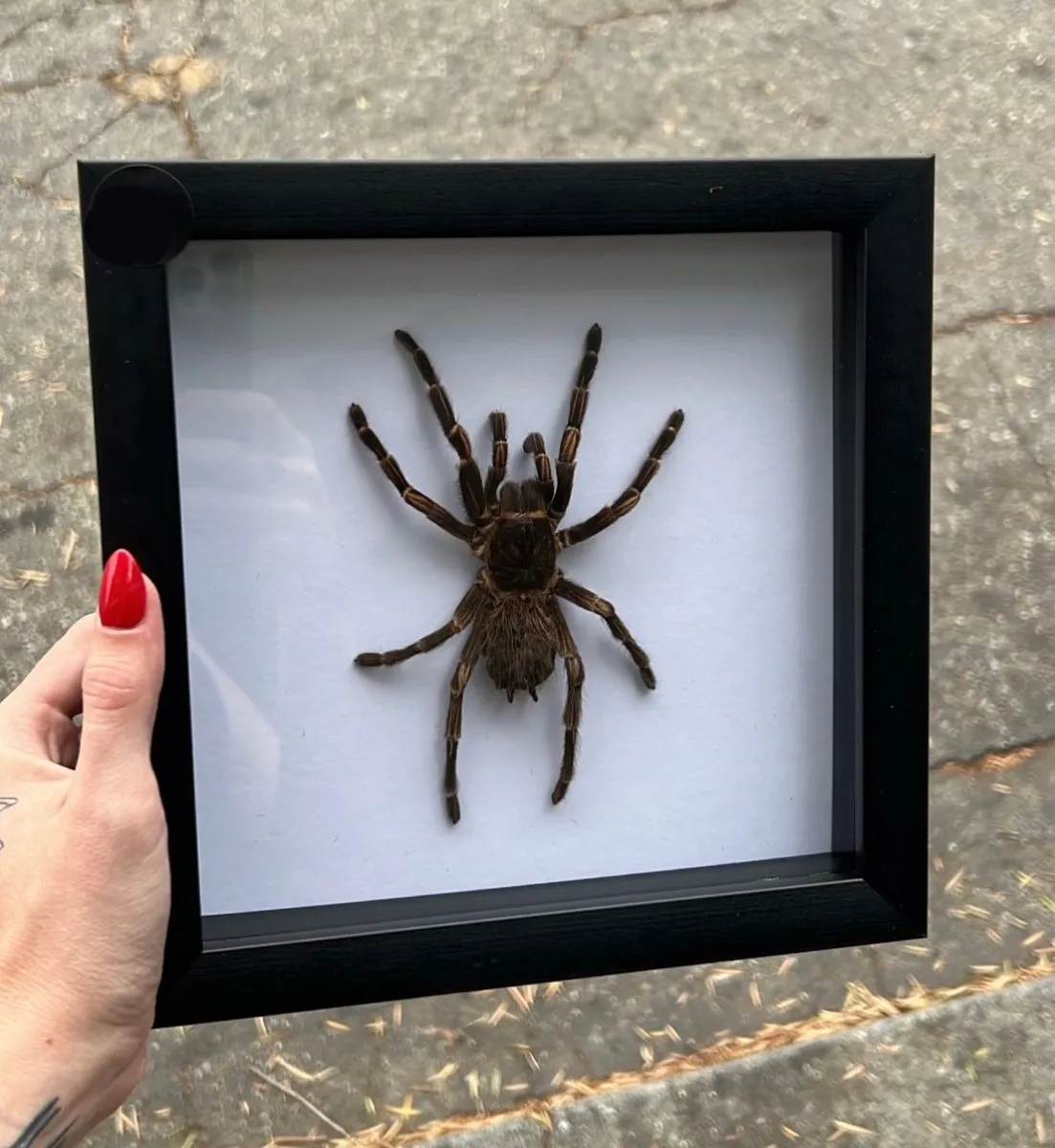
Safety should always be your top priority when filming birdeater tarantulas. These spiders are venomous, and while bites are rare, they can be painful and cause local reactions. It’s crucial to handle your tarantula with care and follow safety protocols. Always prioritize your well-being and that of your tarantula.
Handling Your Tarantula
Minimize handling as much as possible. Tarantulas are generally not fond of being handled and can become stressed. If you must handle your tarantula, do so in a controlled environment close to the ground to avoid falls. Wear gloves to protect your hands from potential bites or irritating urticating hairs. Handle your tarantula gently, avoiding sudden movements. Be aware of its behavior and body language, as this can indicate if your tarantula is feeling threatened or stressed.
Preventing Escapes
Escapes are a major concern when working with tarantulas. Ensure your enclosure is secure and escape-proof. Always close the enclosure after filming and avoid leaving it open unattended. Regularly inspect the enclosure for any potential escape routes. If your tarantula does escape, remain calm and try to locate it, using gentle methods to coax it back into the enclosure. Create a safe environment for your tarantula. By taking these precautions, you can minimize the risk of escape and ensure your safety.
